CERN shows off LHC Grid
Despite the experiment being delayed, scientists are keen to show off the massive computing grid being used to analyse the deluge of data.
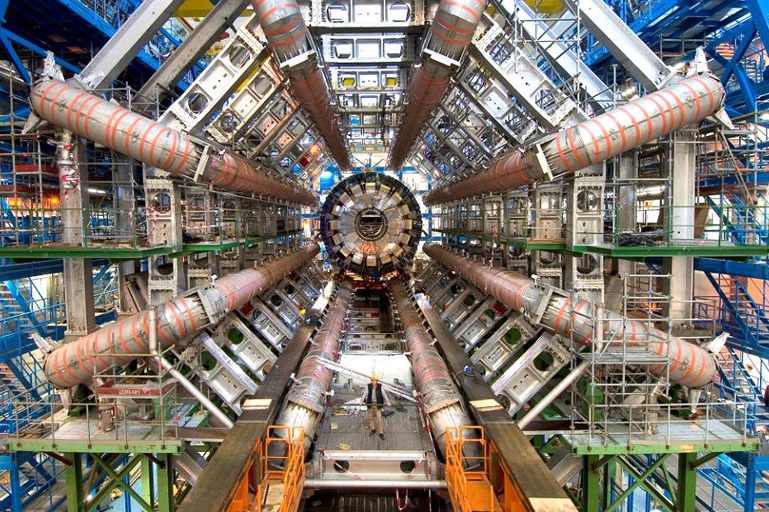

The network of computers which will manage and analyse the deluge of data from the Large Hadron Collider at CERN has been unveiled, three weeks after the first particle beams were sent around the giant physics machine.
The LHC Computing Grid (LGC) will be used to analyse the 15 petabvtes of data created annually by the world's largest physics experiment. The grid spans 33 countries and offers computing power equivalent to 140 computing centres, Cern said.
"The worldwide LHC Computing Grid is a vital pillar of the LHC project," said Jos Engelen, chief scientific officer for the LHC project. "It is an absolute necessity for analysis of the LHC data. It is the result of a silent revolution' in large scale computing over the last five years."
The data collected from the LHC is pumped out over special fibre optic networks to eleven Tier One' computing facilities one of which is Rutherford Appleton Labs in the UK. There, initial processing begins and the data is further distributed to another 140 labs around the globe.
"We can routinely process 250,000 jobs a day," said Ian Bird, leader of the Worldwide LHC Computing Grid project. "And we can achieve peaks of 500,000 jobs without problems." These jobs would take several days on a single processor, hence the need for the combined power of distributed computers.
Despite the initial success of the project, the grid will effectively remain unused until next year, as a helium leak shut down the LHC after just a few weeks. The project also saw trouble from Greek hackers, who attacked the network and took down their website last month.
For more on this massive IT project, read our feature about the UK contribution here.
Sign up today and you will receive a free copy of our Future Focus 2025 report - the leading guidance on AI, cybersecurity and other IT challenges as per 700+ senior executives
Freelance journalist Nicole Kobie first started writing for ITPro in 2007, with bylines in New Scientist, Wired, PC Pro and many more.
Nicole the author of a book about the history of technology, The Long History of the Future.
-
 Tapping into the ’touch grass’ movement in cybersecurity
Tapping into the ’touch grass’ movement in cybersecurityIndustry Insights With cybersecurity experiencing a ’touch grass’ moment, what role should resellers play?
-
 Cyber resilience in the UK: learning to take the punches
Cyber resilience in the UK: learning to take the punchesColumn UK law now puts resilience at the centre of cybersecurity strategies – but is legislation simply catching up with enterprise understanding that resilience is more than just an IT issue?
-
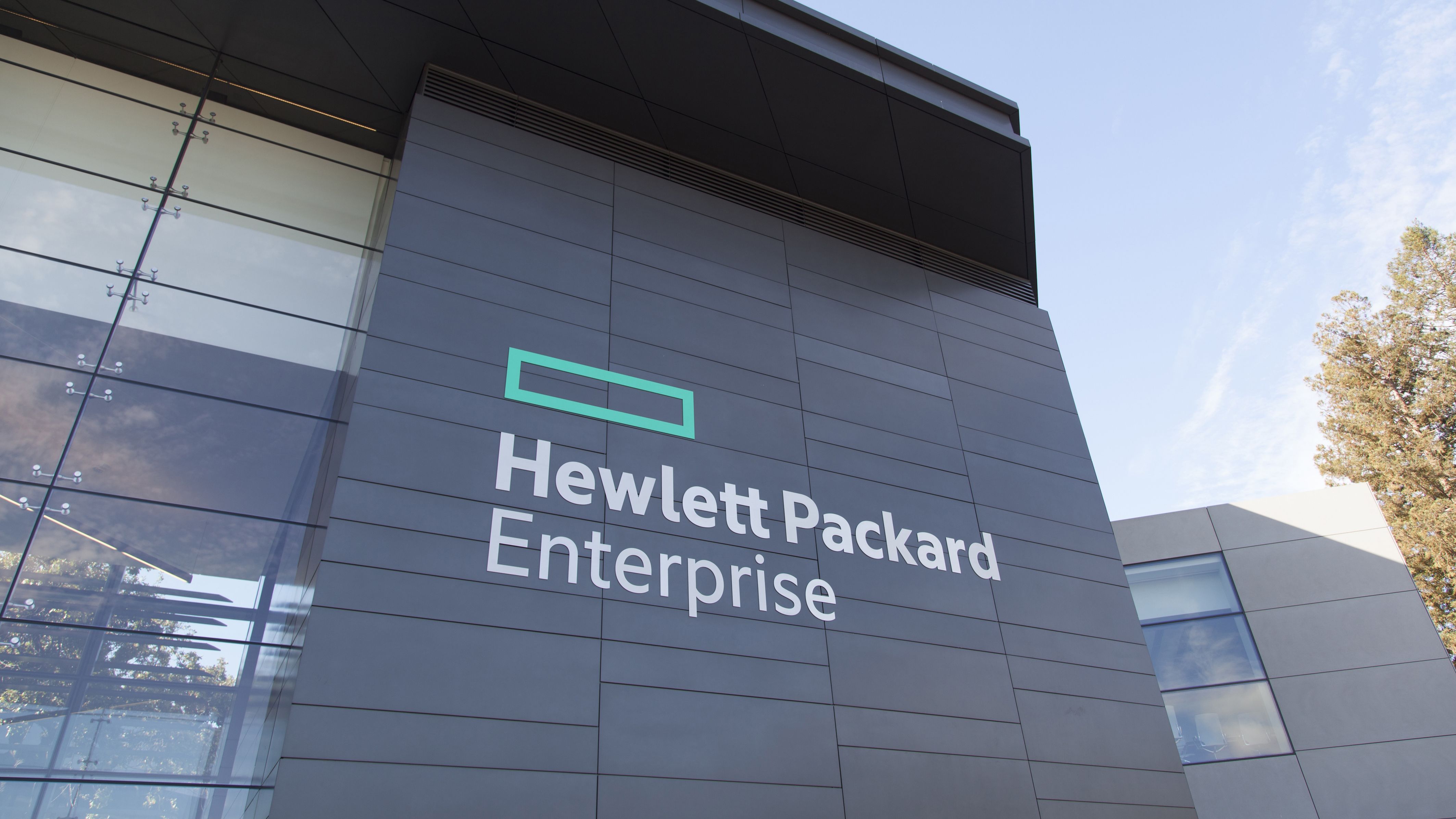 HPE launches ‘world’s first’ solar-powered supercomputer Hikari to solve Zika virus
HPE launches ‘world’s first’ solar-powered supercomputer Hikari to solve Zika virusNews Nearly a third of total power used by supercomputer supplied by renewable energy sources
-
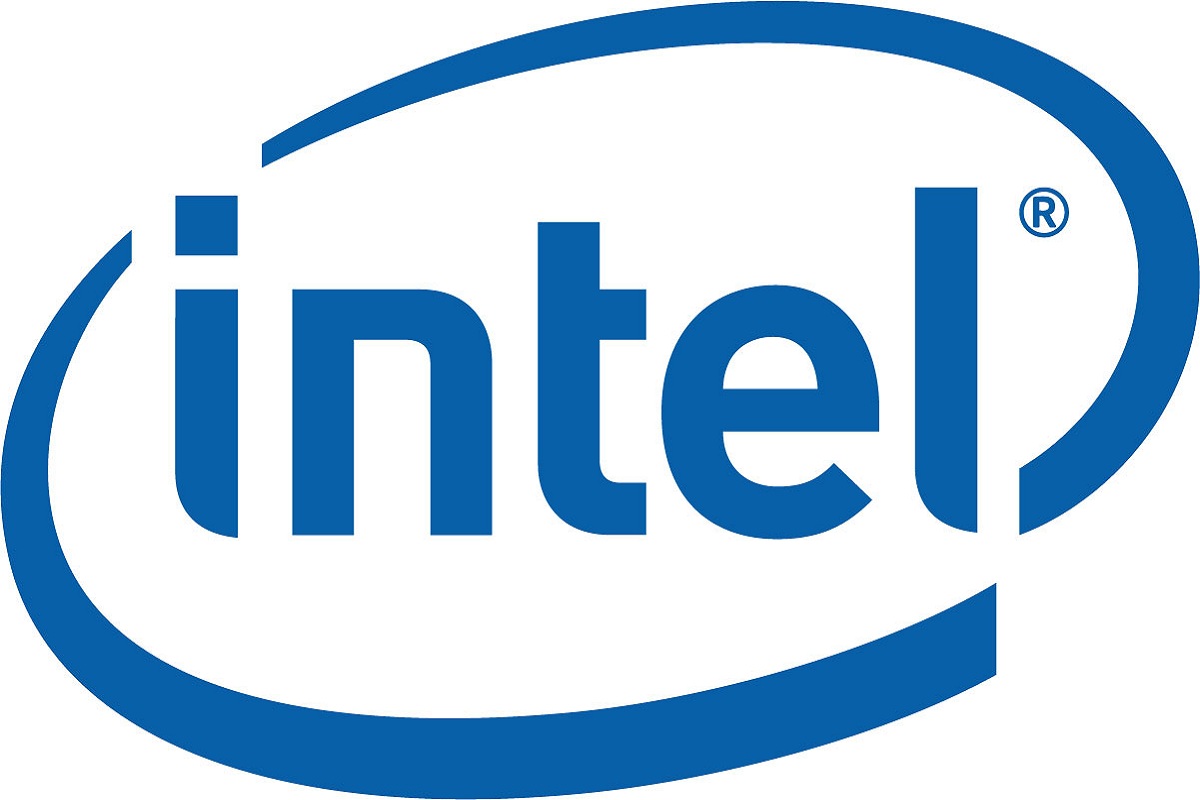 Intel confirms Altera purchase: What happens next?
Intel confirms Altera purchase: What happens next?Analysis The acquisition will enable Intel to integrate Altera's FPGA products to meet customers' IoT and data centre needs
-
 ARM unveils mbed OS for Internet of Things
ARM unveils mbed OS for Internet of ThingsNews Free OS could help developers speed up IoT products and devices, it is hoped
-
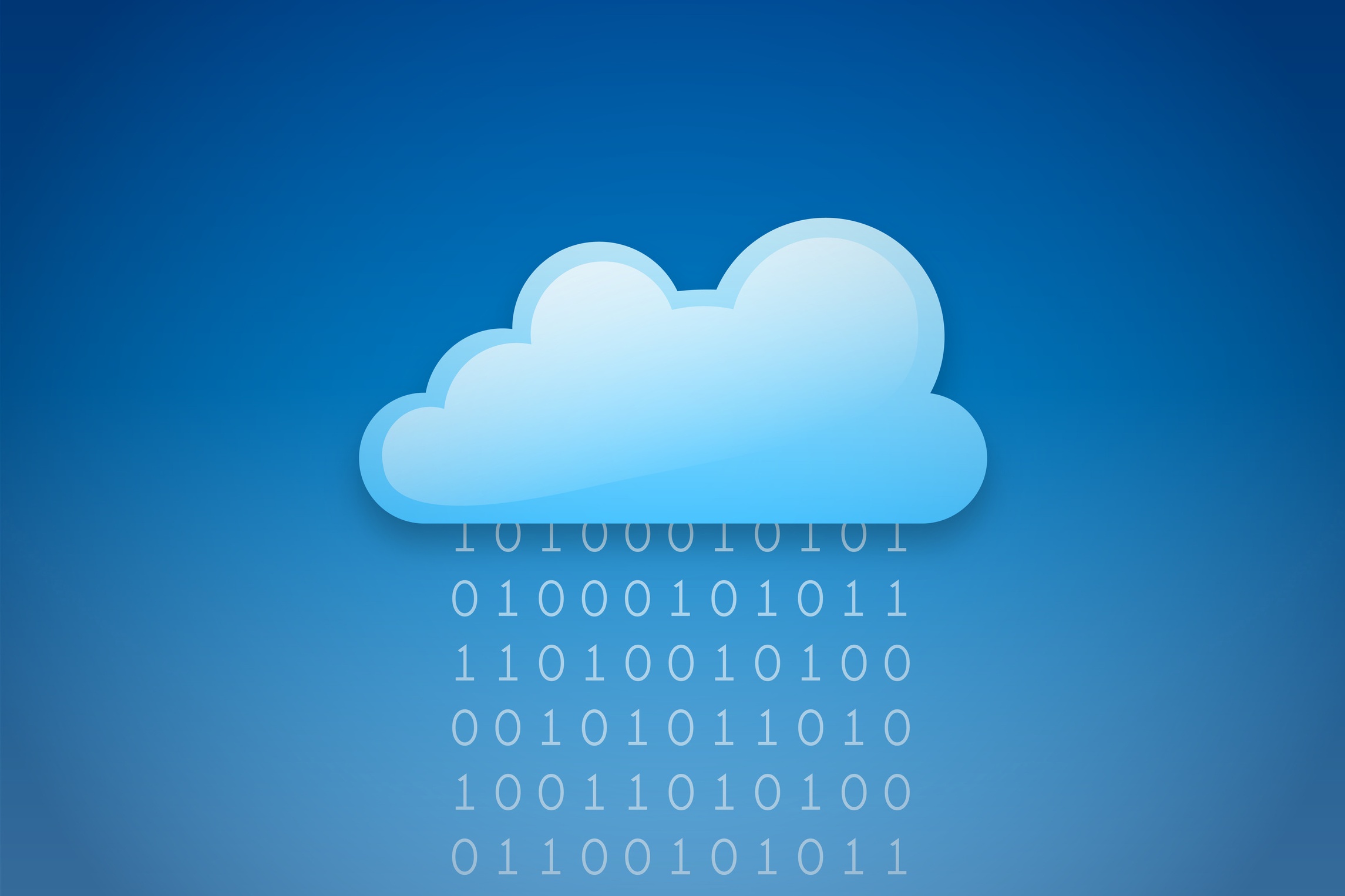 AMD buys into cloud server market with SeaMicro
AMD buys into cloud server market with SeaMicroNews The acquisition of SeaMicro will give the chip manufacturer a clear entrance into the cloud.
-
 SAP splashes £2.18bn on SuccessFactors
SAP splashes £2.18bn on SuccessFactorsNews The firm boosts their business software with the inclusion of Human Capital Management.
-
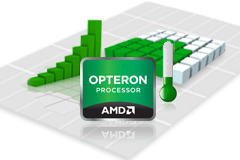 AMD launches 16-core chips for cloudy goodness
AMD launches 16-core chips for cloudy goodnessNews The 16-core chips should benefit cloud users looking for scalability and efficiency.
-
 Fujitsu returns to UK supercomputing
Fujitsu returns to UK supercomputingNews The HPC Wales project gets a boost as Fujitsu signs up to provide the initiative's distributed grid.
-
 SETI boosted by nVidia CUDA tech
SETI boosted by nVidia CUDA techNews Nvidia's latest CUDA powered graphics chips helping hunt aliens - in real-life rather than in games.
